Do you really know what all the symbols on your oven mean?
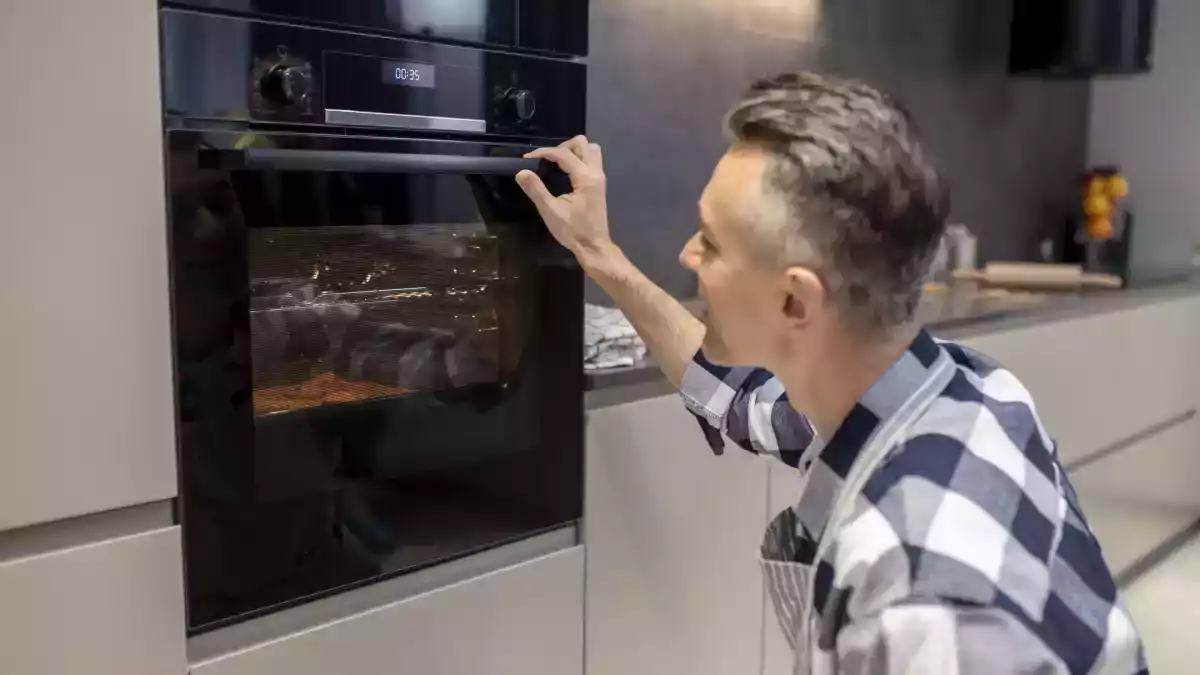
Let's be honest: how many of the oven symbols do you actually use? Two, three... if you're lucky? If you've ever looked at the oven roulette with a certain amount of suspicion, you're not alone.These icons, sometimes as abstract as an Egyptian hieroglyphic, actually hide very useful functions that can change the outcome of your recipes.
This is the complete explanation of the oven symbols, designed so that you will never again wonder if you are using the right mode. Whether you've been cooking for years or you're just learning, here you'll discover (finally!) what each function does and when to use it.
Conventional cooking: heat up and down

This is the most classic mode of all and probably the one you use the most without knowing its technical name. It emits heat from the top and bottom of the oven at the same time, which ensures even cooking. The heat is concentrated in the central part.
When to use it: It adapts to all types of recipes and is ideal for biscuits, cakes, breads, roasts and soft gratins.
Symbol: Appears as a line above and a line below, both straight and continuous.
Conventional cooking: heat only from below

This mode activates only the lower heating element of the oven. It is useful when we need the base to cook or brown more than the top.
When to use it: Ideal for quiches, pies, homemade pizzas, puff pastries and cakes where we are looking for a firm and well browned base. In most cases, this type of baking is combined with the up and down heat function. In other words, it is usual to start baking with top and bottom heat and to use this function only in the final phase, to reinforce the browning of the base.
Symbol: Appears as a horizontal line at the bottom.Conventional cooking: heat only on top

Activates only the upper heating element. It is less common, but very useful to give a final golden touch to an already cooked preparation.
When to use it: For final gratins, browning cheese or breadcrumbs in a lasagna or coloring a cake.
Symbol: Appears as a horizontal line at the top.
Cooking with fan

This function starts a fan that has a circular heating element just around it. What it does is to move the air in the oven, make it pass through this hot zone and then distribute it throughout the interior. In this way, the oven reaches the set temperature earlier and the heat is distributed more evenly.
When to use it: For large roasts, large quantities of food, even when both oven trays are used. It is also ideal for baking cakes to achieve a more even surface.
Symbol: Appears as fan blades.
Grill

The upper heating element heats up intensely, like a kind of grill. It is one of the most powerful functions of the oven.
When to use it: For gratinating, browning the top of certain foods or heating an already cooked dish, frozen pizzas or toasting bread.
Symbol: A saw tooth or a broken line on the top.
Grill with fan

Combines the heat from the grill with the air distributed by the fan. This achieves a more even browning without drying out the food as much.
When to use it: For large pieces of meat or fish that need to brown without losing juiciness.
Symbol: Grill with the fan icon below.Fast preheating
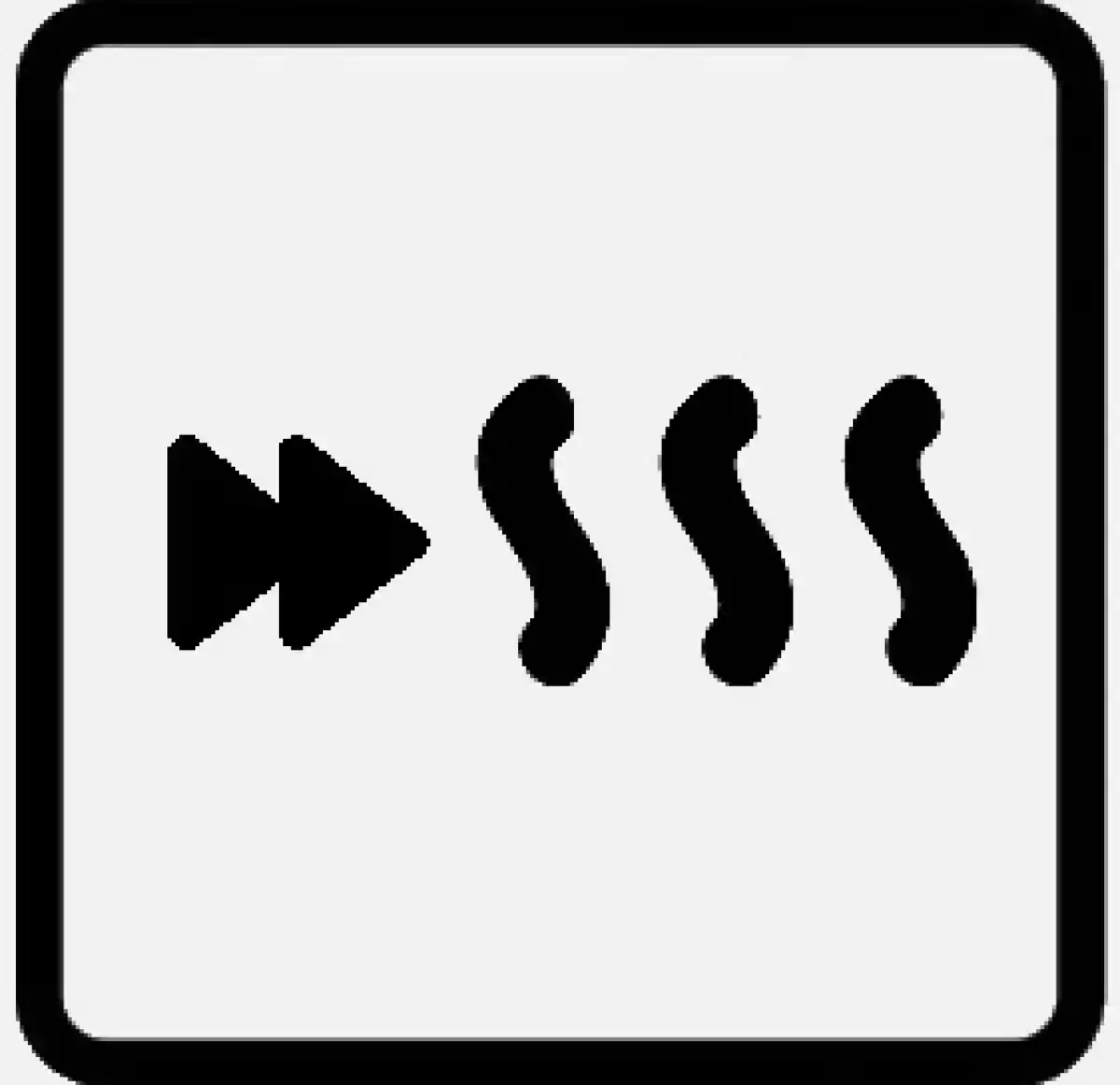
The fast preheat function allows the oven to reach the desired temperature in less time than usual.
When to use it: This is especially useful when you have little time to cook, as it reduces the waiting time before putting food in the oven or to prepare recipes with short cooking times.
Symbol: The symbol may vary depending on the manufacturer. Generally, it is identified by an icon suggesting rapid heating.
Defrost
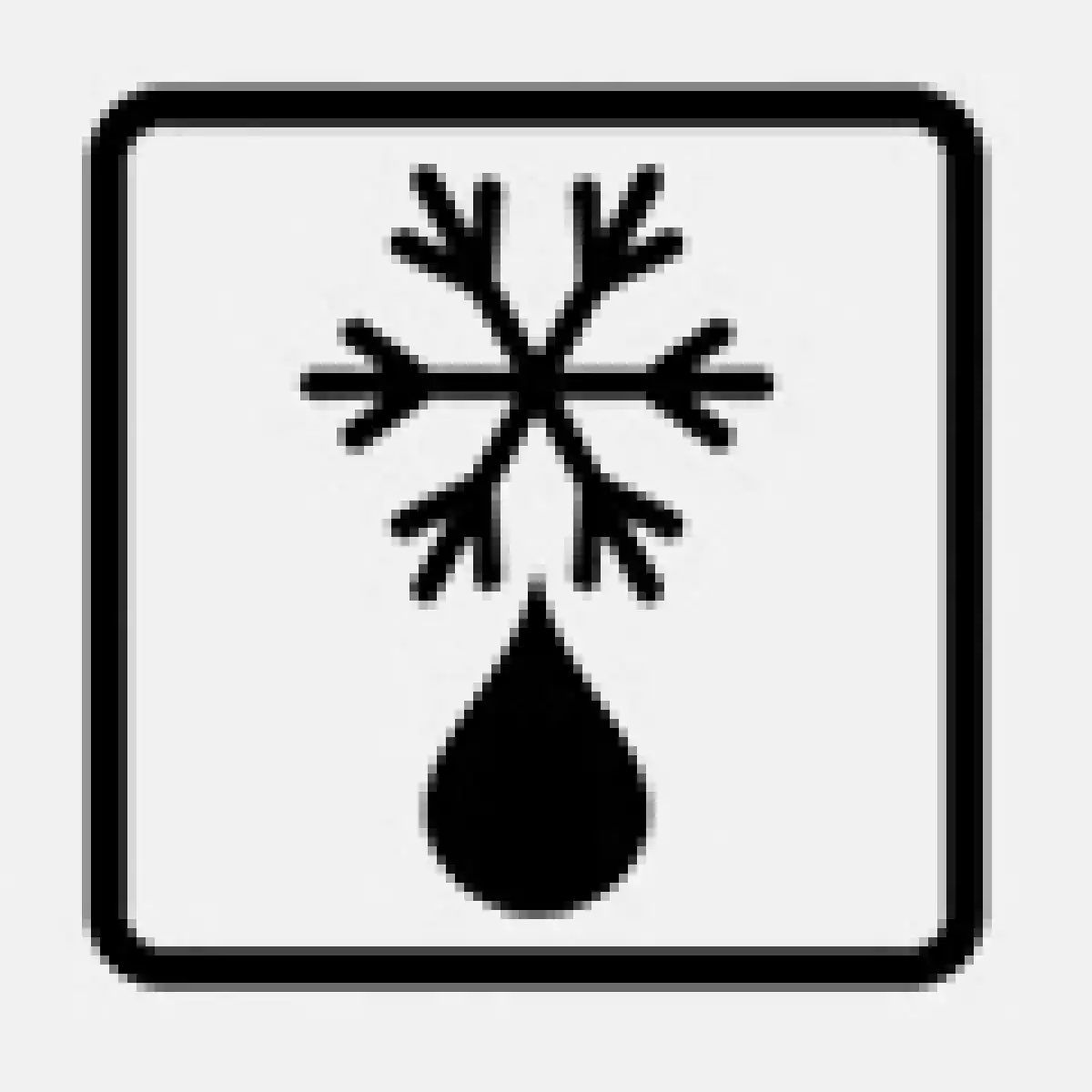
This function uses the fan without activating the heating elements, allowing air to circulate at room temperature to thaw food evenly and quickly.
When to use it: Ideal for defrosting meats, breads or any frozen food without accidentally cooking it. Remember that the ideal is to let the food thaw in the refrigerator, but this function is useful when we are short of time. In any case, it is a safer alternative to resorting to hot tap water.
Symbol: Snowflake with a drop of water underneath.
Oven light

Turns on the oven's interior light without activating any heating function, allowing the interior to be viewed without opening the door.
When to use it: To check the cooking status without interrupting the cooking process.
Symbol: Bulb
Keep warm

This function keeps food already cooked at a constant temperature without further cooking, preserving its heat until serving time.
When to use it: Perfect for keeping dishes warm during gatherings or when diners are not yet ready to eat.
Symbol: Plate with ascending wavy lines.
Pizza function

Combines intense heat from the bottom with ventilation for cooking pizzas, achieving a crispy base and a well-baked topping.
When to use: Specifically designed for pizzas, but also useful for focaccias and flatbreads.
Symbol: A circle with a slice of pizza or a pizza inside.
Self-cleaning
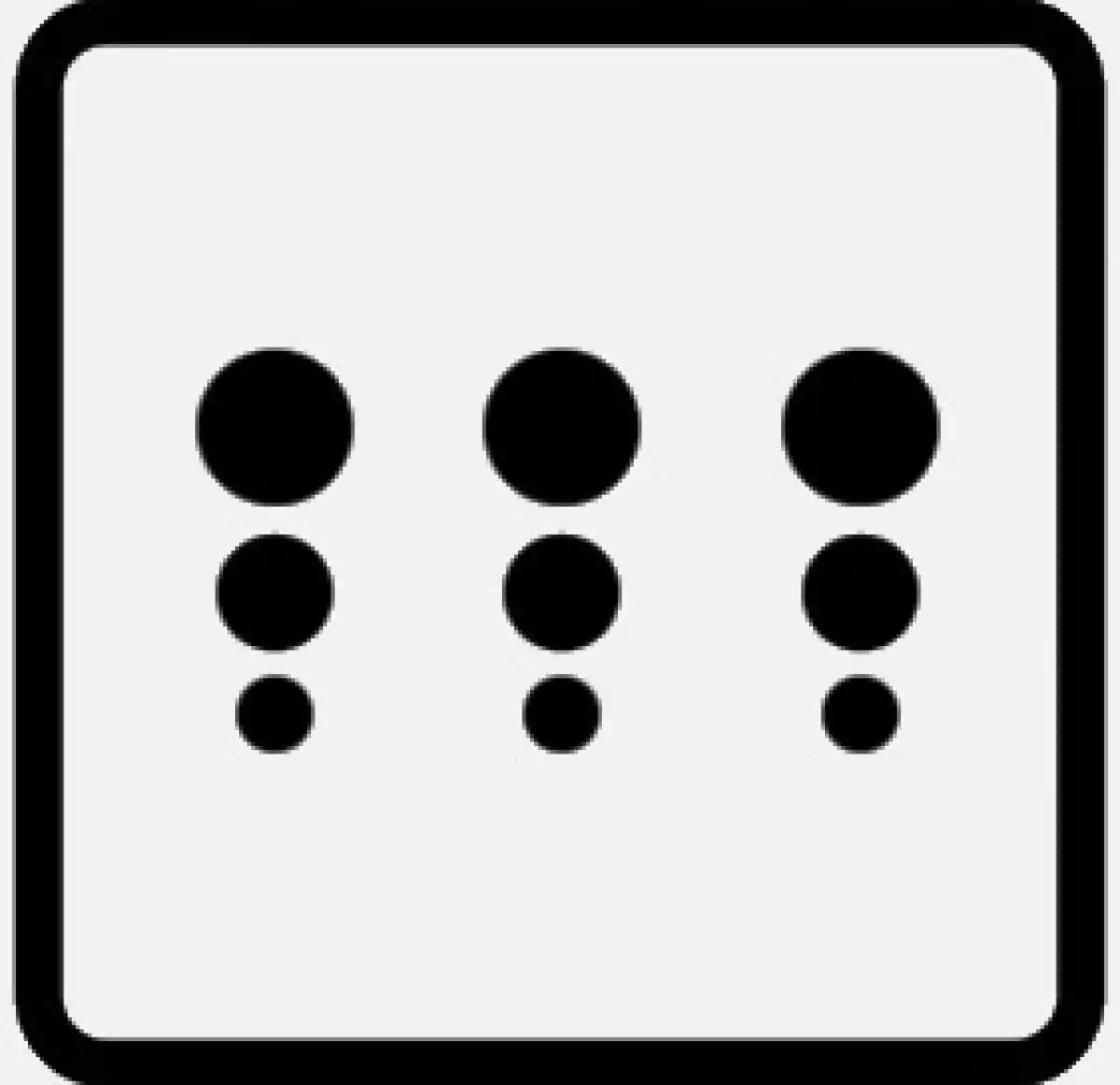
If your oven has a pyrolytic function, you will know that it incorporates a self-cleaning system. When activated, the oven reaches very high temperatures that break down food residues into ashes. These ashes can be easily removed by wiping with a damp cloth; if you prefer, you can help yourself with a mixture of vinegar and baking soda to leave the inside spotless.
When to use it: When you want to clean your oven. It is not necessary to activate it after each cooking. It is important to empty the oven completely before starting this function, and not to open it until the process has finished and it has cooled down.
Symbol: It is usually represented by small circles, stars or sparkles, alluding to the high temperature and the transformation of residues into volatile residues.
Steam cooking

It introduces steam into the oven cavity during baking, which helps maintain food moisture.
When to use: Ideal for baking breads with crispy crust, cooking fish or vegetables while preserving their texture and nutrients.
Symbol: Cloud, steam or water drops.
Child lock

Disables the oven controls to prevent children from accidentally turning on the oven or changing the oven settings.
When to use: When there are children in the house and you want to prevent unsupervised use of the oven.
Symbol: Key or padlock.
And you, did you know them all?
Now that you know what each symbol on your oven is for, tell us: is there one you've never seen before? Do you use all the functions or do you always use the same ones? Do you have any tricks to get more out of your oven? We'd love to hear from you in the comments and share your experience with others.
You may also be interested in:
 Patricia González
Patricia González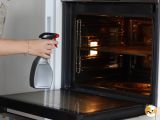
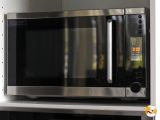
Comments